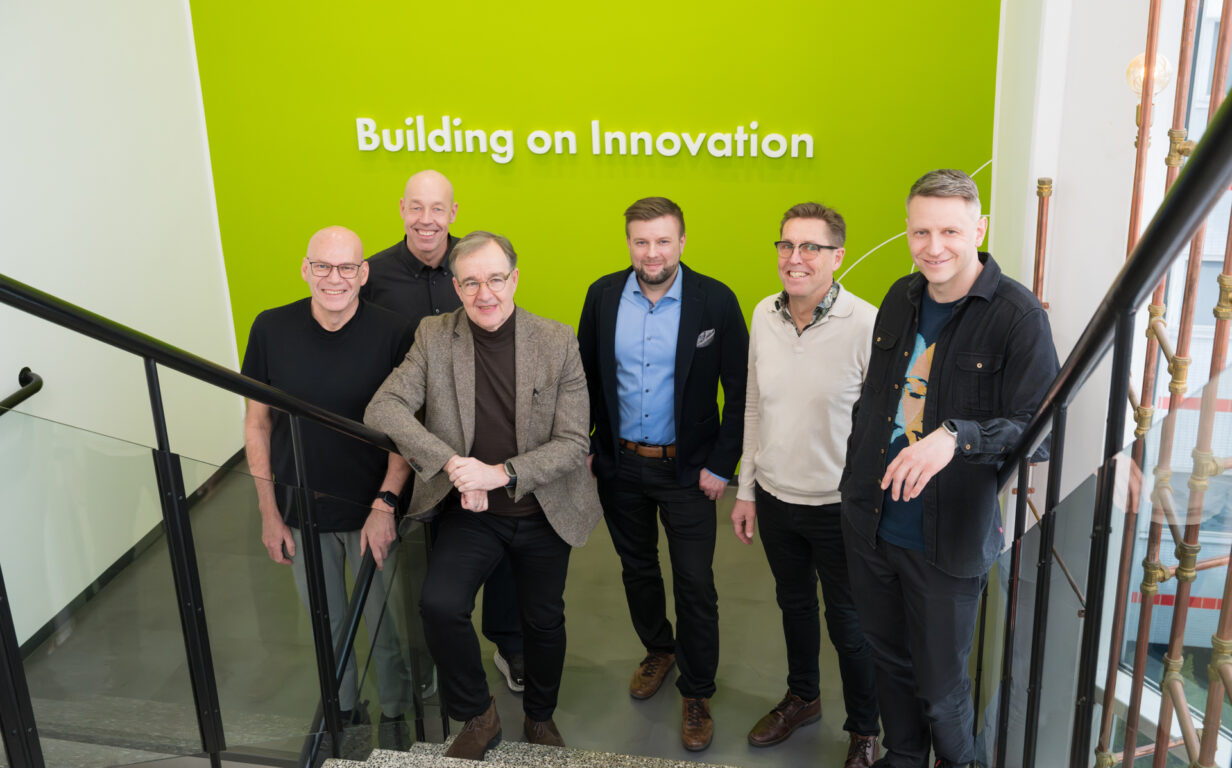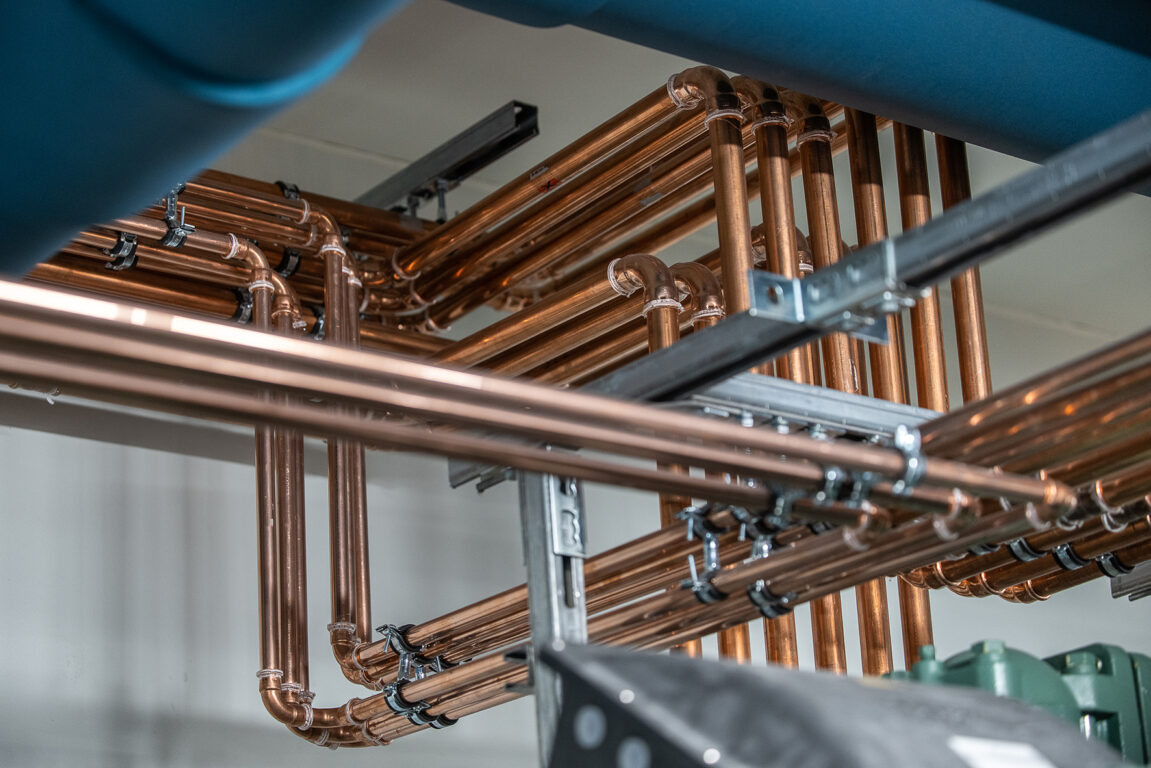A supercomputer to heat houses in northern Finland
23.10.2020 – The efficient heat recovery system of the LUMI supercomputer will be optimised using a digital twin. In other data centres, too, there is a lot of unused potential in terms of waste heat utilisation.

One of the most powerful computers in the world, the LUMI supercomputer, is being set up in Kajaani, northern Finland. It will carry out high-performance computing for European universities, research institutes and companies.
Ilari Kauppi, Group Manager at Granlund, explains that the heat generated by the supercomputer will be efficiently recovered through liquid cooling.
“The heat generated by the supercomputer is transferred from the computing circuits directly to the liquid. The water temperature is then further increased by heat pumps to meet the needs of the district heating network. Once the thermal energy in the water has been released, the cool water returns to the cooling system.”
LUMI will be making a contribution to the fight against climate change. The aim is to have snow in Kajaani in the future as well.
Up to 60 gigawatt-hours of heat will be generated annually, which is enough to heat hundreds of houses in the Kainuu region. The total district heating production of the local energy company Loiste is 280 gigawatt-hours per year.
“The CO2 emissions from Kajaani’s district heating production will decrease by 12,000 tonnes per year. In addition, the utilisation of waste heat helps the energy company reduce the use of non-renewable fuels in district heating.”
In addition to the general district heating network, waste heat will also be utilised in the local network of the supercomputer location, which is an old mill site.
“LUMI will be making a contribution to the fight against climate change. The aim is to have snow in Kajaani in the future as well.”
Cost-efficient computing
CSC’s development manager Jukka-Pekka Partanen estimates that efficient heat recovery was one of the factors that influenced the decision to locate a European supercomputer in Kajaani.
In addition, the site has access to environmentally friendly hydropower. Kajaani’s other strengths include the region’s existing infrastructure, as well as the socially and geologically stable conditions of Finland.
“The government-owned CSC has an obligation to act responsibly, sustainably and as environmentally friendly as possible. In addition, the energy company naturally pays for the heat it receives. Thanks to heat recovery, high-performance computing can be carried out quite cost-efficiently.”
The supercomputer will be located in the vicinity of the Kajaani data centre of CSC.
Maximum energy efficiency through simulation
What is also groundbreaking in Granlund’s cooling solution for the LUMI supercomputer is that it has been designed with the help of simulation. Through simulation the system can be optimised to run as energy-efficiently as possible.
However, this is just one of the many benefits of simulation, says Tommi Karhela from Semantum Oy, who performed the modelling.
“Simulation is useful for finding the suitable equipment for the system, commissioning the system and testing fault situations. By running the simulated and real systems in parallel, we can discover latent fault situations and carry out various virtual measurements. The simulator, or the so-called digital twin, can also be used to run various ‘what if’ scenarios to help operate the system better.”
Similar dynamic simulations have been carried out in the past in, for example, the process industry, nuclear power plants and conventional power plants. Data centre cooling systems are a new and interesting area of application.
Technology has advanced and equipment prices have fallen.
Setting an example
Kauppi hopes that the example set by the LUMI supercomputer would encourage other data centres to operate in a more environmentally friendly way.
There is a huge potential in the utilisation of waste heat, both in water-cooled and air-cooled data centres.
“Technology has advanced and equipment prices have fallen. The new heat pumps using HFO refrigerants are not only climate-friendly and ozone-safe, but also highly efficient.”
Kauppi thinks that people have become aware of the situation – to a certain degree, at least. The forthcoming electricity tax reform is also likely to encourage the utilisation of waste heat.
“Data centres that utilise waste heat in their operations will be in the lowest electricity tax category.”
Kauppi estimates that up to one terawatt-hour of heat could be recovered annually in Finland’s data centres.
“By way of comparison, Turku Energia’s annual district heating sales are about three terawatt-hours.”
Want to hear more?

Ilari Kauppi
More of our news
Subscribe to our newsletter
Be among the first to hear about the latest news and trends relating to Granlund and the real estate and construction sectors.










